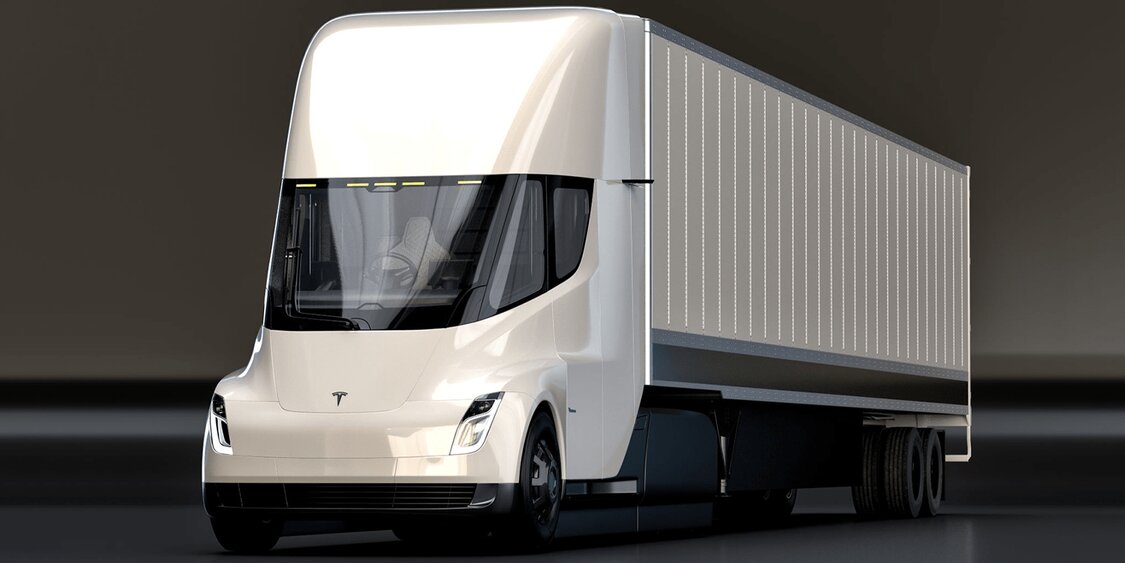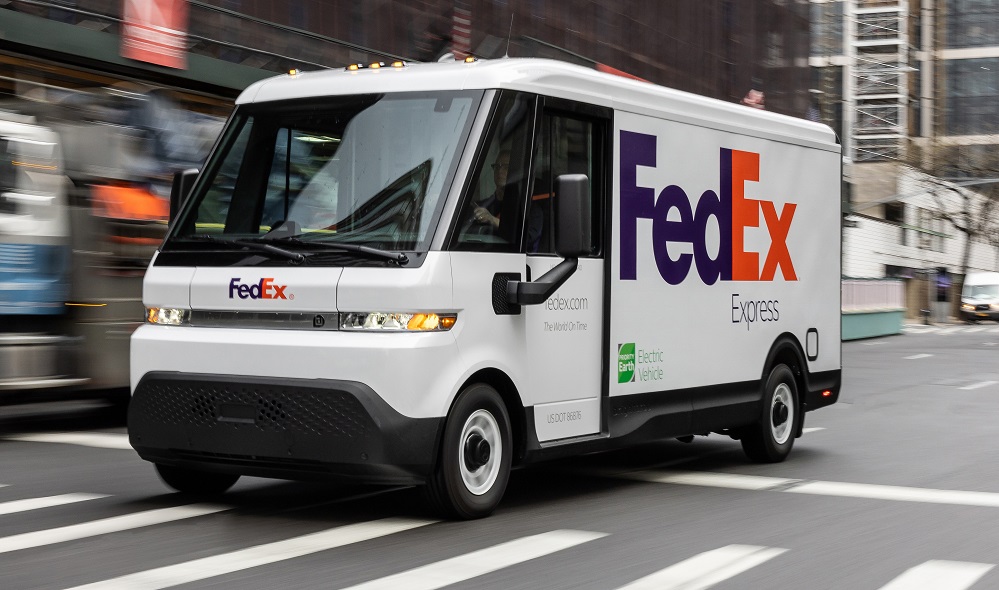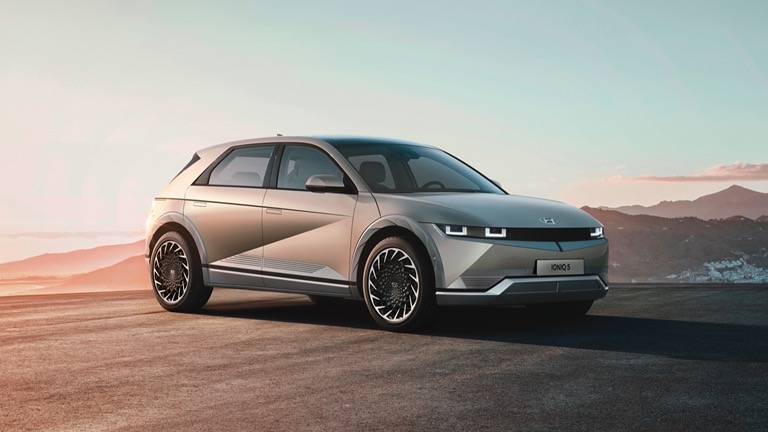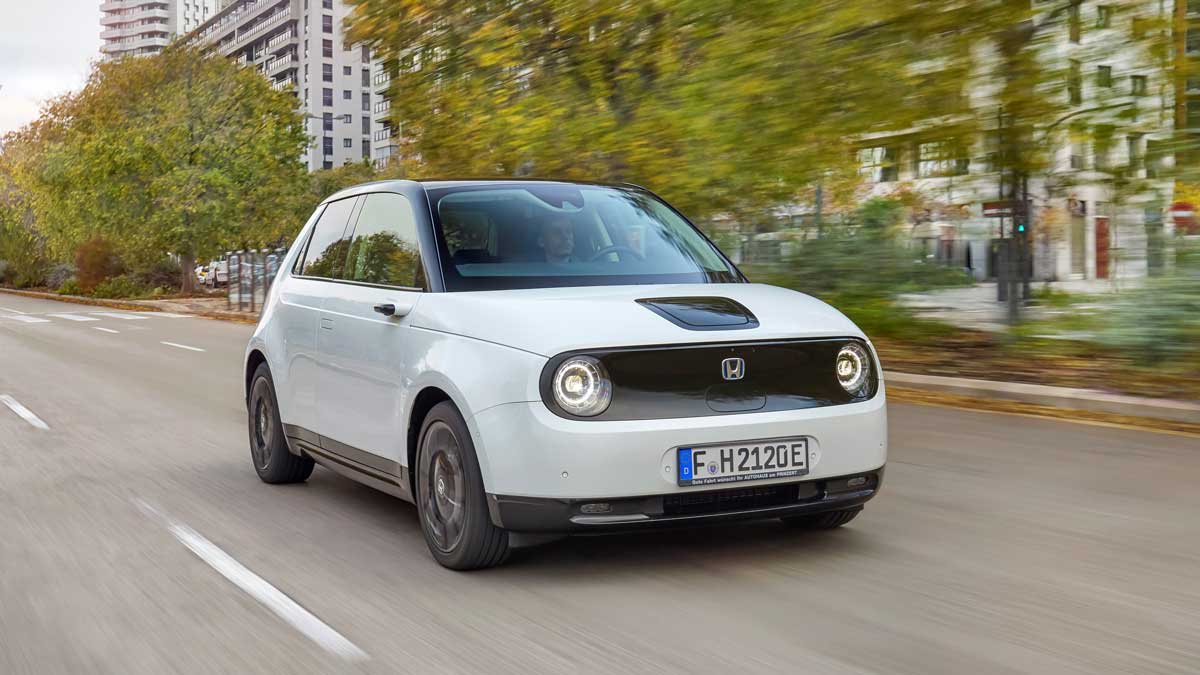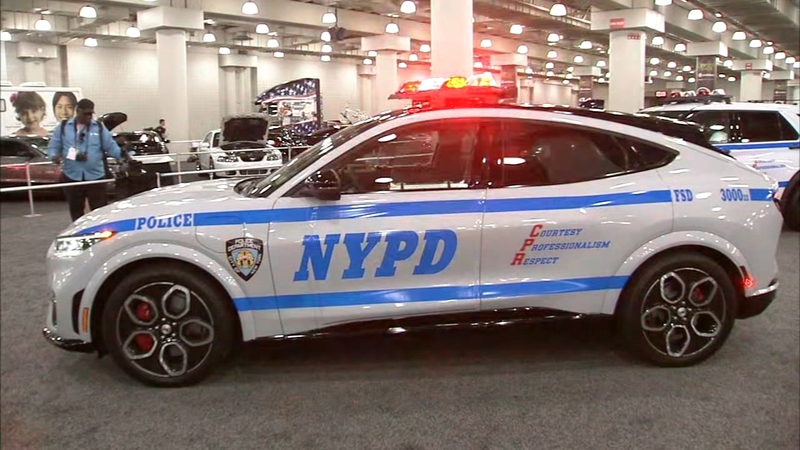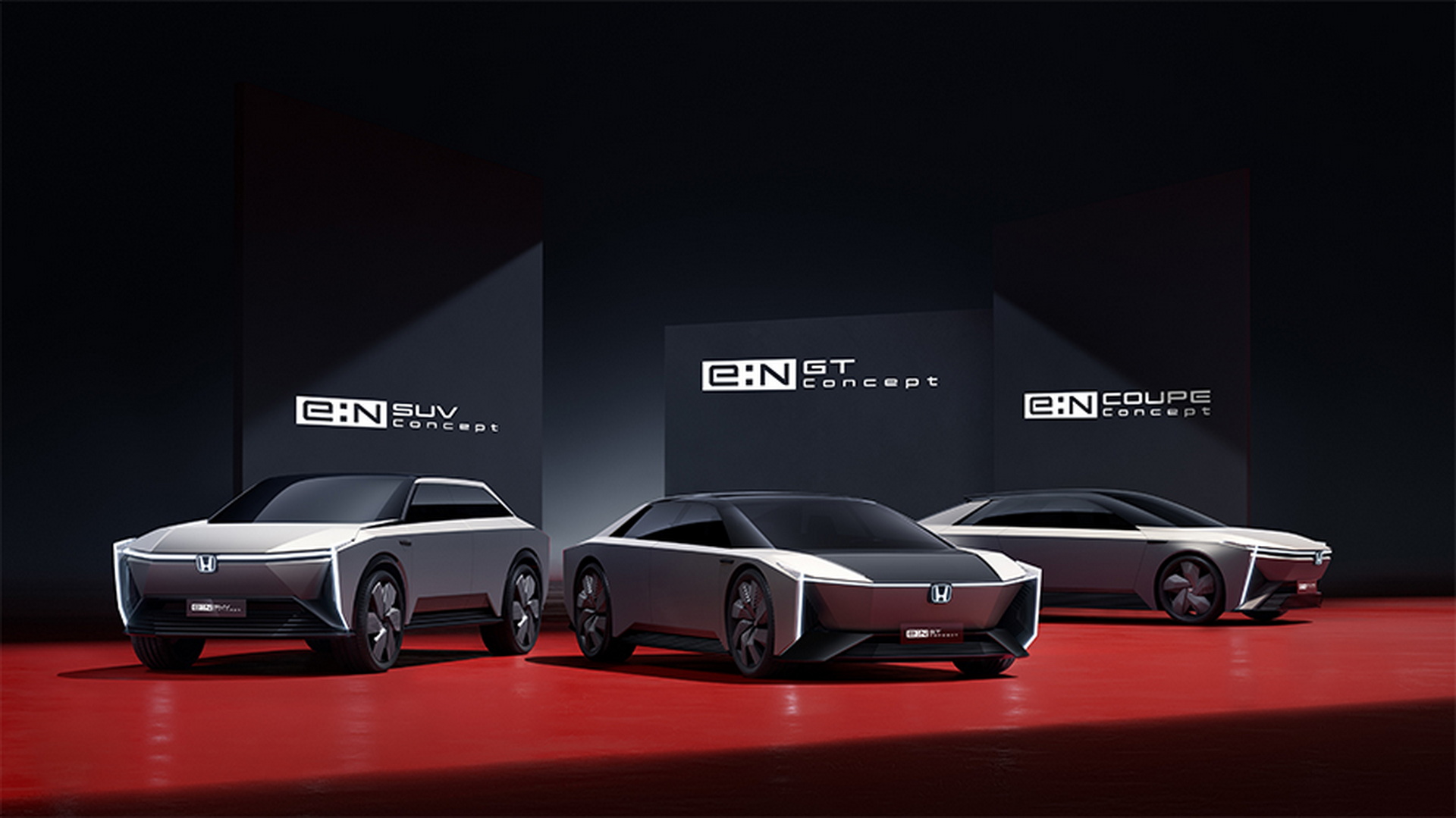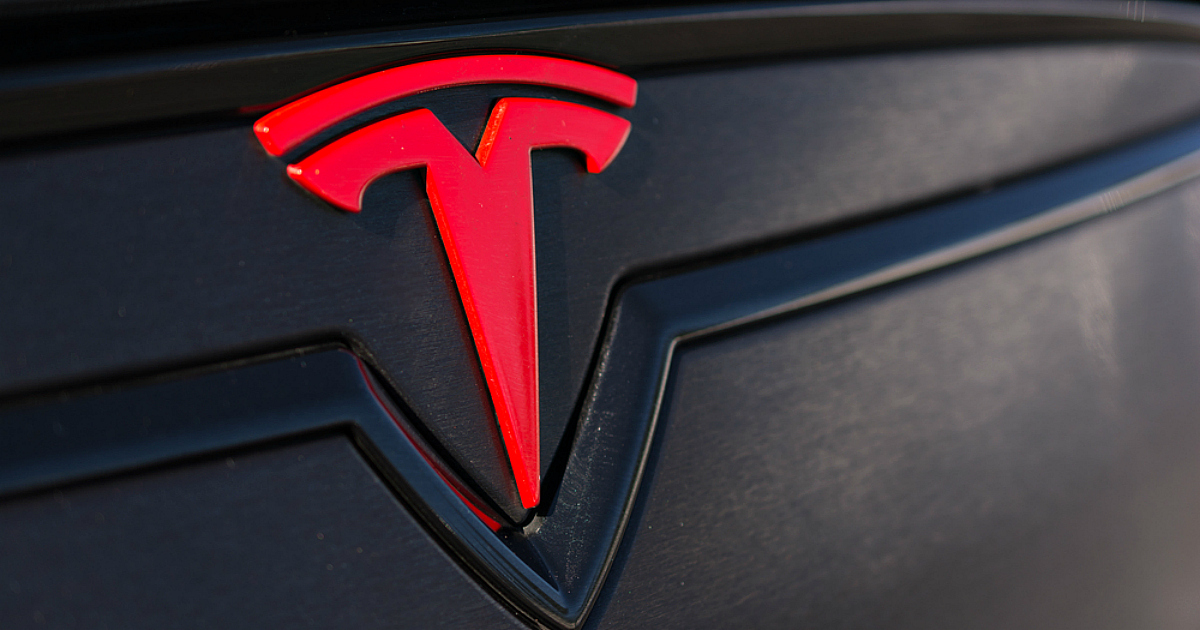The announcement of Tesla’s Q1 2022 earnings provides many new perspectives from the financial, manufacturing and new product perspectives. One of them is Elon Musk confirming that the robotaxi will go into production in 2024.
There’s also something interesting about why Tesla avoids adopting an 800-volt architecture for the vehicles they produce.
As it turns out, Tesla is considering using the 800 volt architecture on the Cybertruck and Semi. The question then becomes why not all the vehicles that Tesla produces because the Porsche Taycan, Audi e-tron GT, Kia EV6, Hyundai Ioniq 5 and others use the 800 volt architecture.
Tesla SVP Powertrain and Energy Engineering, Andrew Baglino, said there was little incentive for the company to have the Model 3 and Model Y use the 800-volt architecture.
“For smaller platform vehicles like the 3 and Y, there are some wins and losses with 800 volts. Not all of them are better. So, we looked at those platforms, and we don’t like to ignore the fact that you can go up to a higher voltage, but nothing really pushed us to do it on that platform.” Andrew Baglino said
Baglino himself admits that high-voltage platforms offer advantages, but for larger vehicles, which require higher charge or greater torque.
Therefore, the upcoming Cybertruck and Class 8 Semi will probably use the 800 volt architecture.
Elon Musk says that switching from a 400 to 800 volt architecture might save the company $100. But it will add a big cost because the vehicle charging infrastructure and the entire vehicle system must be changed to work with higher voltages.

